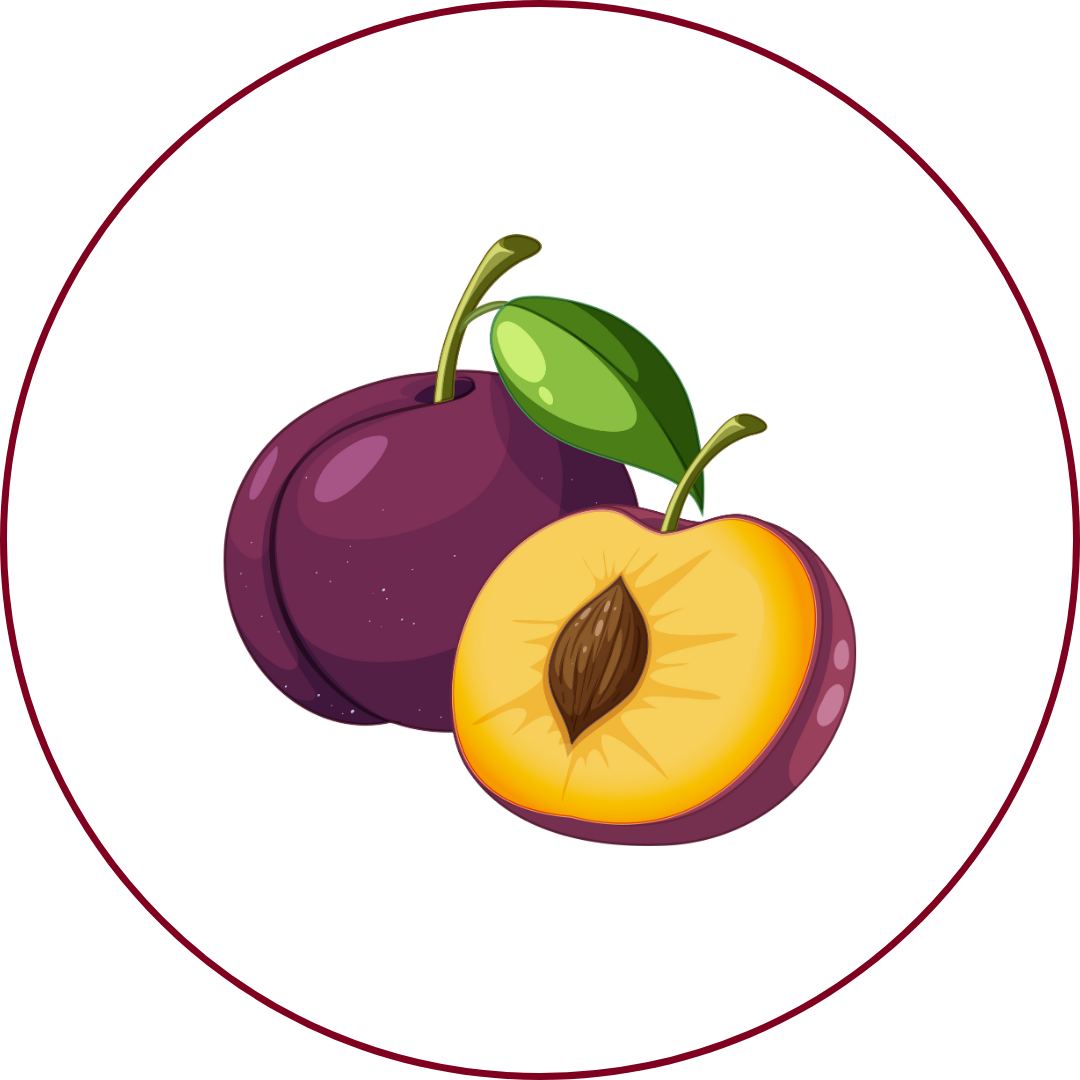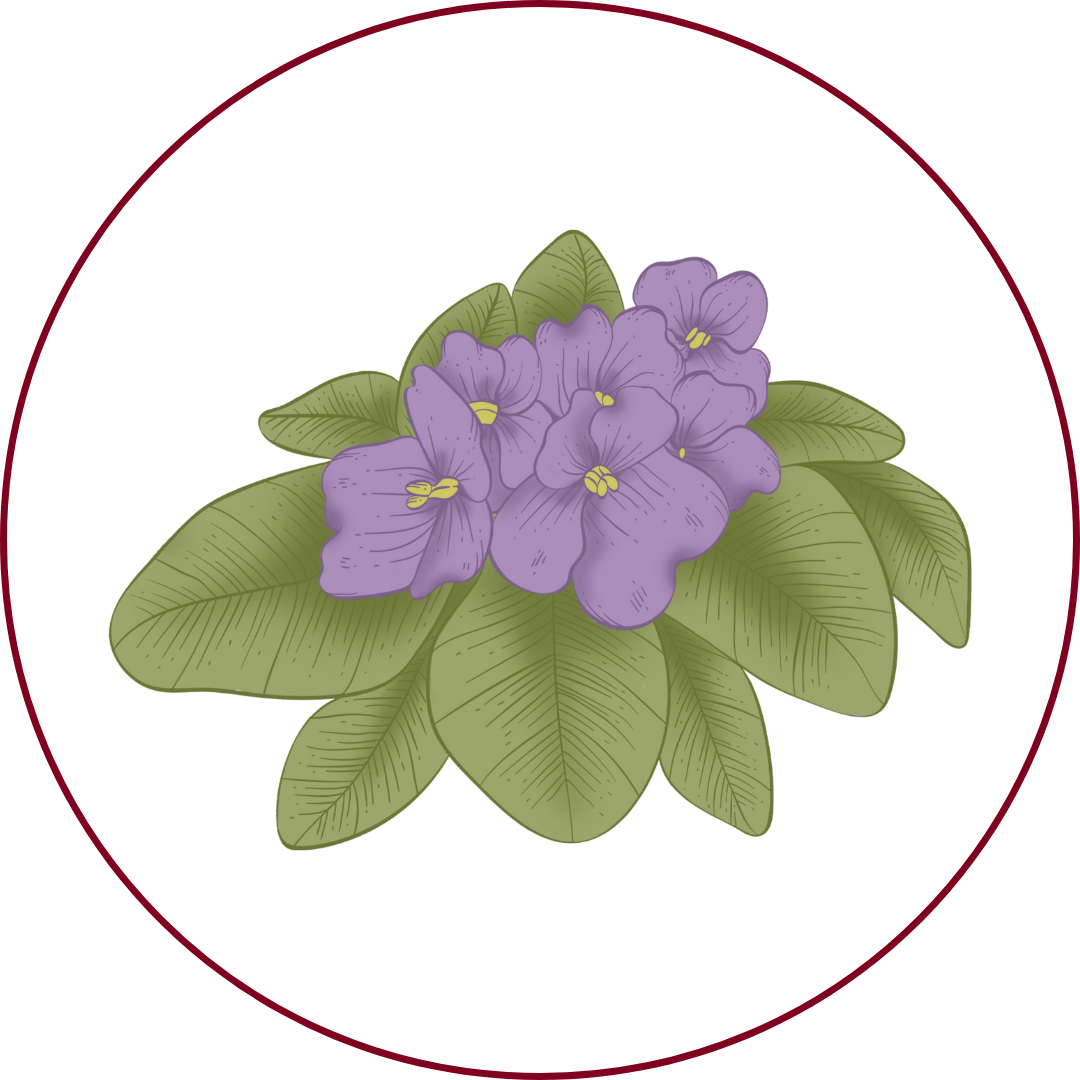Grape Variety
Malbec
"mal-BEHK"
Wine Styles
 Sparkling
Sparkling Light White
Light White Full White
Full White Aromatic
Aromatic Rosé
Rosé Light Red
Light Red Medium Red
Medium Red Full Red
Full Red Dessert
DessertAbout Malbec
Origin
Southwest France
History
Malbec, also known as Côt or Auxerrois in France, is a purple grape variety that originated in the southwest of France. It was traditionally used as one of the six grapes allowed in the blend of red Bordeaux wine. In the mid-20th century, Malbec's prominence in France declined due to its susceptibility to frost and disease. However, the grape found a new home in Argentina, where it thrived in the high-altitude vineyards of Mendoza. Today, Argentina is the largest producer of Malbec, and the grape has become synonymous with Argentine wine.
Appearance
Small to medium-sized, dark purple berries with thick skins.
Growing Traits
Malbec vines are vigorous and can produce high yields. The grape thrives in sunny climates and high altitudes, which help it develop its deep color, robust tannins, and signature flavors. However, it is susceptible to frost and fungal diseases, requiring careful vineyard management.
Wine Characteristics
Body
4/5
Sweetness
1/5
Tannin
4/5
Acidity
3/5
Alcohol
4/5
Full-bodied with a rich and robust structure, offering depth and intensity. Typically dry, highlighting its dark fruit character. Moderate to high tannin levels, contributing to a firm and slightly astringent mouthfeel. Medium acidity, providing balance and freshness to the wine. Moderate to high alcohol content, generally around 13-15%, ensuring balance and drinkability.
Taste Profile

Blackberry

Plum

Black cherry

Violet

Chocolate
Malbec wines are characterized by dark fruit flavors, such as blackberry, plum, and black cherry, often accompanied by floral notes of violet and hints of chocolate. The wines typically have a velvety texture with moderate to high tannins and a smooth finish.
Food Pairing
Malbec's full body and rich fruit flavors make it an excellent match for grilled meats, particularly beef, lamb, and game. It also pairs well with dishes featuring bold spices, such as barbecue or Mexican cuisine. For cheese pairings, consider blue cheeses or aged cheddars.
Growing Regions

Argentina
MendozaSaltaPatagonia

France
CahorsLoire Valley

United States
CaliforniaWashington
Notable Wines & Producers
Catena Zapata Malbec Argentino
Bodega Catena Zapata
Achaval Ferrer Finca Altamira Malbec
Achaval Ferrer
Cahors Château du Cèdre
Château du Cèdre
Malbec FAQ
Common questions about this grape variety
What is the origin of Malbec?
+
Southwest France
Is Malbec wine full bodied?
+
Malbec has a body level of 4 out of 5. Which means that Malbec is Moderate to Full bodied.
Is Malbec wine dry or sweet?
+
Malbec has a dryness level of 1 out of 5. Which means that Malbec is Dry.
Where is Malbec wine from?
+
Southwest France
Where is Malbec grown?
+
Malbec is grown in Argentina (Mendoza, Salta, Patagonia)France (Cahors, Loire Valley)United States (California, Washington).
What is Malbec like?
+
Malbec wines are characterized by dark fruit flavors, such as blackberry, plum, and black cherry, often accompanied by floral notes of violet and hints of chocolate. The wines typically have a velvety texture with moderate to high tannins and a smooth finish.
What does Malbec pair with?
+
Malbec's full body and rich fruit flavors make it an excellent match for grilled meats, particularly beef, lamb, and game. It also pairs well with dishes featuring bold spices, such as barbecue or Mexican cuisine. For cheese pairings, consider blue cheeses or aged cheddars.
What does Malbec taste like?
+
Malbec wines are characterized by dark fruit flavors, such as blackberry, plum, and black cherry, often accompanied by floral notes of violet and hints of chocolate. The wines typically have a velvety texture with moderate to high tannins and a smooth finish.
Take Malbec Knowledge with You
Access detailed grape profiles, tasting notes, and pairing suggestions on your iPhone.
Download on theApp Store